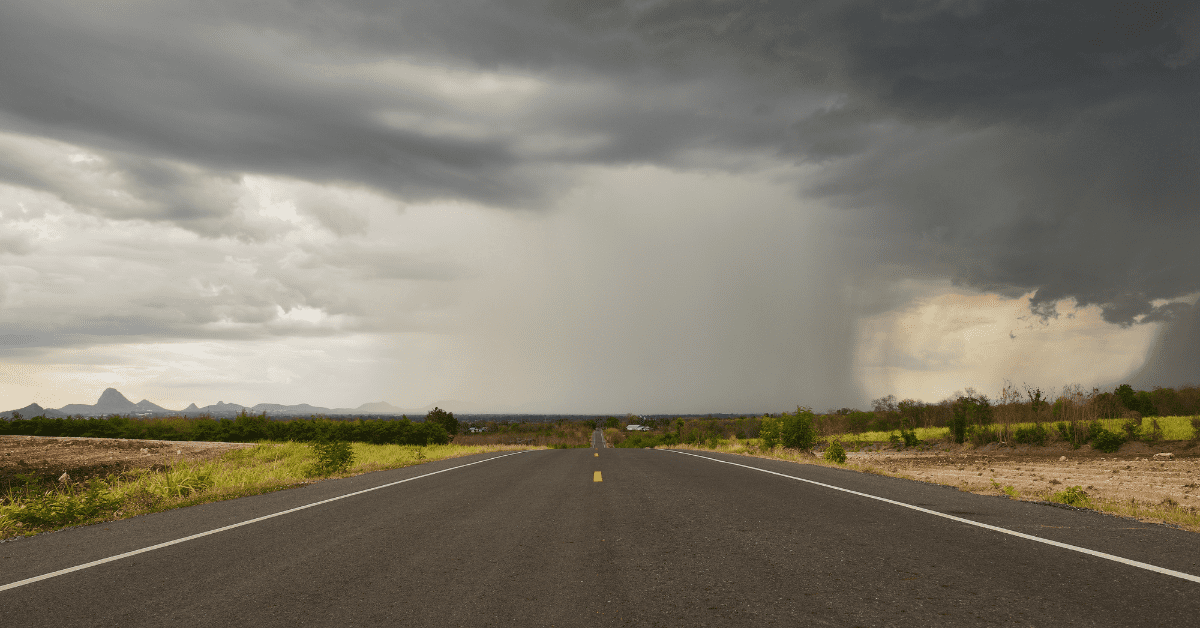
Guest Content
Our industry is experiencing numerous material and supply chain shortages. There are several factors affecting the cost and availability of these materials such as labor shortages, energy costs, weather, trucking and port issues.
Grass seed harvests were impacted earlier this year due to extreme heat and drought in the Pacific Northwest. Staffing shortages impacted the harvest process, cleaning, and the time frame for seed labs to perform purity testing.
Retail seed demands were up significantly due to homeowners spending more time and money on their lawns because of being home due to the pandemic. To fulfill demand larger amounts of seed were shifted directly to consumers reducing seed available to industry professionals. The combination of these factors impacted seed prices, driving up costs year-over-year by 50-100 percent. It is uncertain whether grass seed availability and pricing will improve in 2022 since much of this hinges on next year’s seed harvest.
Fertilizer has been volatile over the past several months particularly urea. Unfortunately, each macronutrient (N-P-K) in a fertilizer blend is being adversely impacted in some manner. China has basically restricted the export of phosphate through 2022, in which they provide about 33 percent of the world’s phosphate supply. China has also recently imposed fines against a few of China’s largest fertilizer firms for price gouging the sale of Potash.
Here in the U.S., we are experiencing delivery delays due to bottlenecking at the U.S. ports. A record high number of ships are waiting to unload. Compounding this is labor, equipment, and truck shortages needed to move containers, further increasing shipping costs by $45-$50 a ton. In addition, the world’s largest nitrogen plant (CF Industries) was recently forced to close due to Hurricane Ida which impacted fertilizer production and costs. Most plants throughout the country have cut back production by 50 percent due to labor shortages. For these reasons and many more fertilizer prices are expected to reach record highs in 2022.
It is recommended that lawn care operators get ahead of these trends now; otherwise, you could find yourself paying elevated prices for your products, or even worse, not able to get your products in time. Buying as much of your product this fall versus next year could save you thousands of dollars, and guarantee that you have your products available to you.
By Ryan Petitti, director of technical services and quality assurance for Green Lawn Fertlizing.

